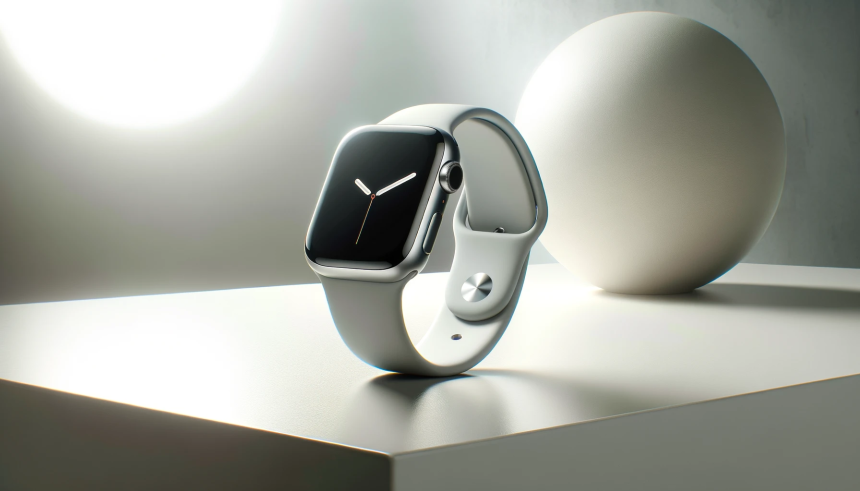Apple and Garmin’s latest square smartwatches, the Apple Watch Ultra 2 and Garmin Venu 3, have attracted attention from both fitness enthusiasts and tech users accustomed to traditional rectangular designs. A close inspection of these wearables highlights the practical differences users may encounter in daily life, beyond just specifications on paper. The overall experience is shaped by display quality, durability, battery life, and user interface, casting new light on each company’s direction. While Apple Watch Ultra 2 emphasizes ecosystem integration and advanced features like cellular connectivity, Garmin Venu 3 is recognized for its focus on health tracking and extended battery support. Choosing between these devices comes down to balancing lifestyle needs and desired functionalities.
Apple’s smartwatch offerings have historically centered on a seamless user experience for iPhone owners, prioritizing app support and regular software updates. Meanwhile, Garmin’s products have often highlighted specialized features for athletes and longer endurance, even as they slowly incorporated more smart features. Competing models before Ultra 2 and Venu 3 did not offer the same combination of advanced fitness metrics and daily usability. Recent releases now show a narrowing gap, prompting consumers to examine which platform matches their priorities more closely as technology convergence continues.
How do key design choices affect usability day-to-day?
The Apple Watch Ultra 2 features a titanium case and boasts a robust build, making it favored for outdoor activities and professional use. In contrast, the Garmin Venu 3 utilizes a lightweight housing that may be preferred by users who prioritize comfort during sleep tracking and everyday wear. The screen sizes and brightness levels are competitive, but Apple’s customizable action button and seamless digital crown navigation stand out as differentiators. Garmin responds with a focus on touch navigation and straightforward menus. These design nuances ultimately influence how each device blends into routine scenarios like exercise, notifications, and quick glances for information.
Which platform delivers better health and fitness tracking?
Garmin Venu 3’s suite of advanced sensors delivers continuous heart rate, oxygen saturation, and sleep analysis, appealing to users with a strong focus on overall wellness metrics. Meanwhile, the Apple Watch Ultra 2 provides comprehensive workout tracking, automatic detection for many activities, and health notifications integrated directly into iOS. The devices both offer GPS accuracy and water resistance, but Apple’s ECG and fall detection appeal to those seeking more proactive health monitoring. Garmin’s longer battery life—claimed to be up to two weeks—stands in contrast to Apple’s stated 36-hour duration. These features support varied approaches to fitness routines among different user segments.
What are the trade-offs in app support and platform compatibility?
Apple’s ecosystem-centric approach provides direct access to the App Store, letting users install a wide range of apps tailored for watchOS. This can make Ultra 2 more suited for those seeking productivity and communication options alongside fitness features. Garmin’s platform, while offering apps through its Connect IQ store, remains narrower in scope. Notably, Venu 3 works with both Android and iOS, appealing to those who may switch phones. Apple Watch Ultra 2’s integration is exclusive to iPhone users, a deliberate move reflected in the brand’s message:
“We’ve designed Apple Watch Ultra 2 to work seamlessly with your existing Apple devices,”
while Garmin emphasizes,
“Our focus is to offer reliable fitness insights accessible across devices and platforms.”
Smartwatch buyers weighing these models are faced with a clear decision on priorities. Those embedded in the Apple ecosystem may find Ultra 2’s tight integration and rich app catalog compelling, especially for advanced health monitoring. Users whose needs center on fitness metrics, sleep tracking, and battery endurance might gravitate toward the Venu 3. The platforms now overlap more than ever, narrowing differences to subtle factors like comfort, routine use, and preference for notification handling. Careful consideration of daily habits and technology reliance is key when navigating this decision. For anyone considering a switch, estimating long-term satisfaction will depend on weighing which compromises—if any—they are able or willing to accept. Early research and side-by-side trials are often necessary to identify the ideal fit for individual lifestyles.










